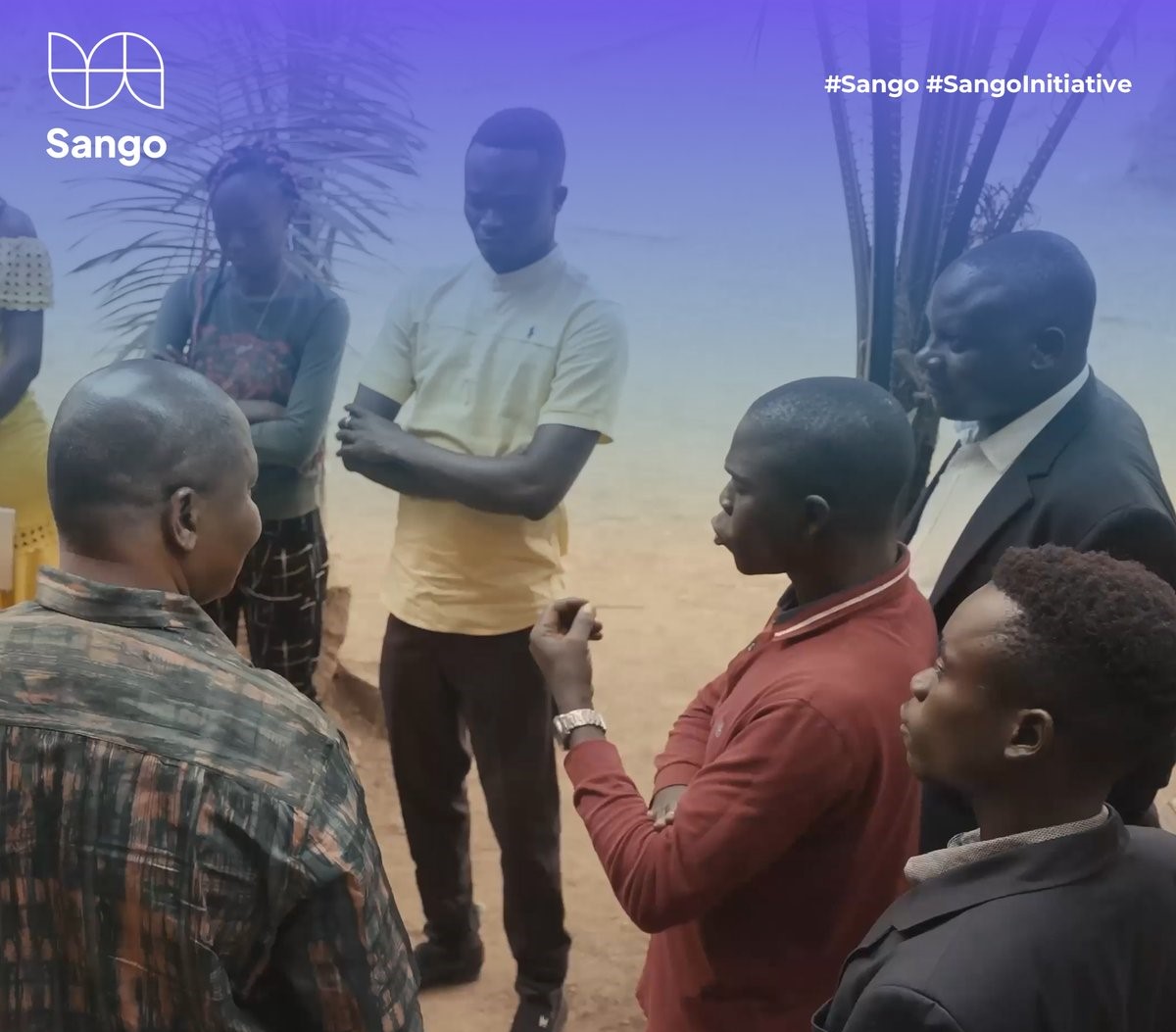Government-backed digital assets, CBDCs, have been put forward by different countries to implement crypto payments in the country as opposed to using decentralized currencies such as Bitcoin. It is in response to the rapid adoption rate of cryptocurrencies around the world due to their rising value and high returns. The cryptocurrencies did not give governments any control over them, hence the reason behind the Central Bank Digital Currencies (CBDCs).
However, instead of following the trend of other governments and making a CBDC, the Central African Republic has chosen to go the decentralized way by building on the Bitcoin network. The bitcoin-backed cryptocurrency is the first one to be backed by a government.
The SANGO Coin is the new brainchild of the Central African Republic government, which has continued to drive digital innovation and blockchain technology advancement on the African continent. It is the native token of the Sango sidechain that leverages the capabilities of bitcoin to bring a new digital monetary system to the country. This coin is partially backed by bitcoin, which is held in a reserve fund by the Central African Republic Treasury.
This is one of the many ways the SANGO Coin differs from the CBDCs being issued by other countries. Instead of being backed by gold or being pegged to a fiat currency, like in the case of the Nigerian eNaira, the SANGO Coin is pegged to Bitcoin. This helps to eliminate the risk of being de-pegged in the future.
SANGO Coin offers its holders a variety of options to take advantage of the blossoming economy. An individual or entity is able to become an e-resident by buying and holding SANGO coins to the tune of $6,000, residing outside the country but existing digitally as an entity in the CAR.
Furthermore, it is the first initiative to offer holders of the token residency in the country. With $60,000 in locked SANGO tokens, individuals can apply for and become citizens of the CAR, complete with a passport.
Other perks include being able to purchase real estate in the country using locked SANGO and having to pay 0% income tax on all of these investments. The tokens also belong to the owners 100% and are available to them once the lockup period is over.
Bitcoin has made its way into the mainstream after being branded the “digital gold.” This was because of the outperformance of the digital asset compared to other assets such as gold on a year-over-year basis, and it has been a good inflation hedge over the last couple of years. Bringing such value to the Sango ecosystem automatically confers it with a more substantial starting point than other government-issued digital currencies.
The decentralization of bitcoin makes it so that Sango can bring the same decentralized governance to holders who will have voting rights when it comes to the governance of the token. Additionally, a token such as SANGO being used by a nation needs to be able to hold its value in the long term, which makes bitcoin the best network to build on. Coupled with the technical foundation of bitcoin, SANGO is as secure as it could possibly be.
Furthermore, the SANGO nodes are controlled by a democratically elected government body known as Institutional Quorum. They handle the issuing of coins on the L2 solution, which uses a consensus engine based on the Tendermint Core that is modified with a customized proof of convention (PoC) protocol.
Using SANGO Coin in lieu of Bitcoin provides the Central African Republic the flexibility it requires to provide certain functionalities. It also uses smart contracts to increase the utility of the Layer 2 protocol, allowing Sango to add new use cases as the need arises.
To learn more, visit the Sango website.
For updates and exclusive offers enter your email.
Bitcoinist is the ultimate news and review site for the crypto currency community!
Bitcoin news portal providing breaking news, guides, price analysis about decentralized digital money & blockchain technology.
© 2021 Bitcoinist. All Rights Reserved.
Author
Administraroot

